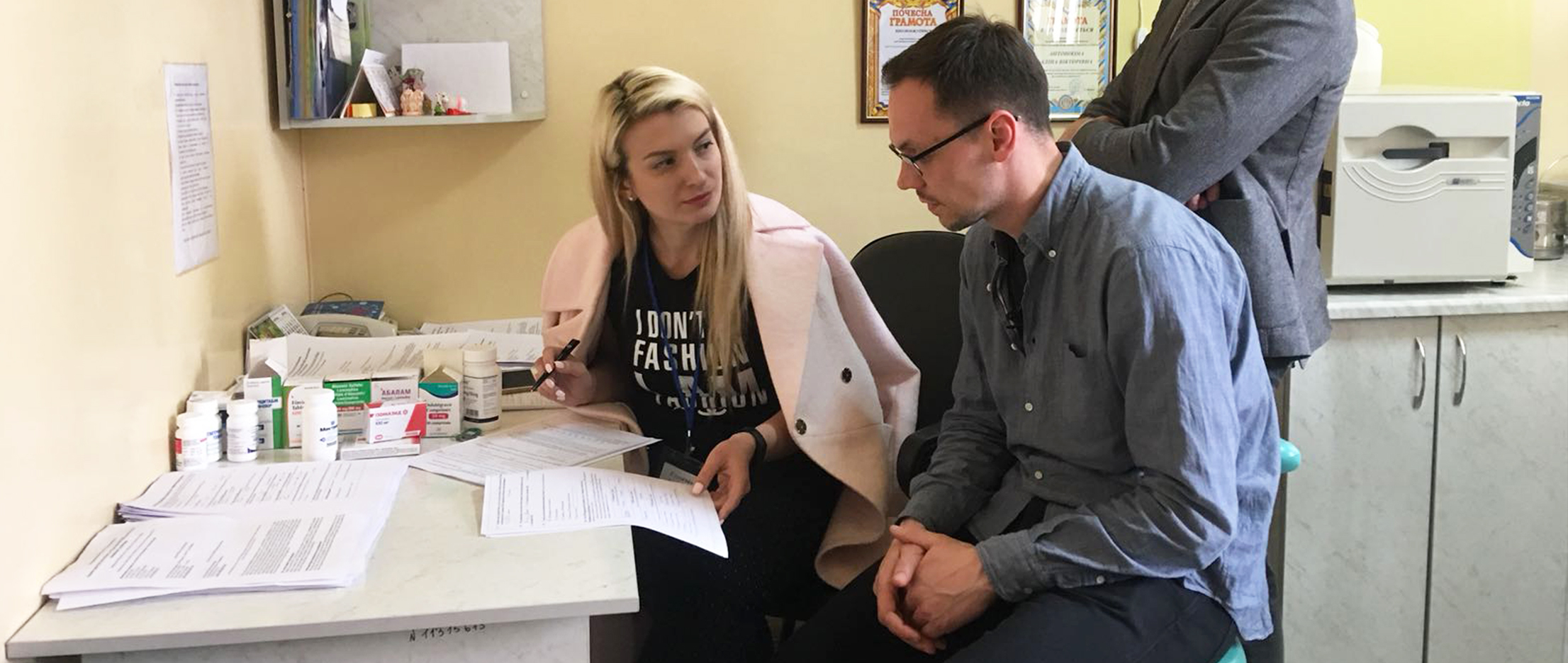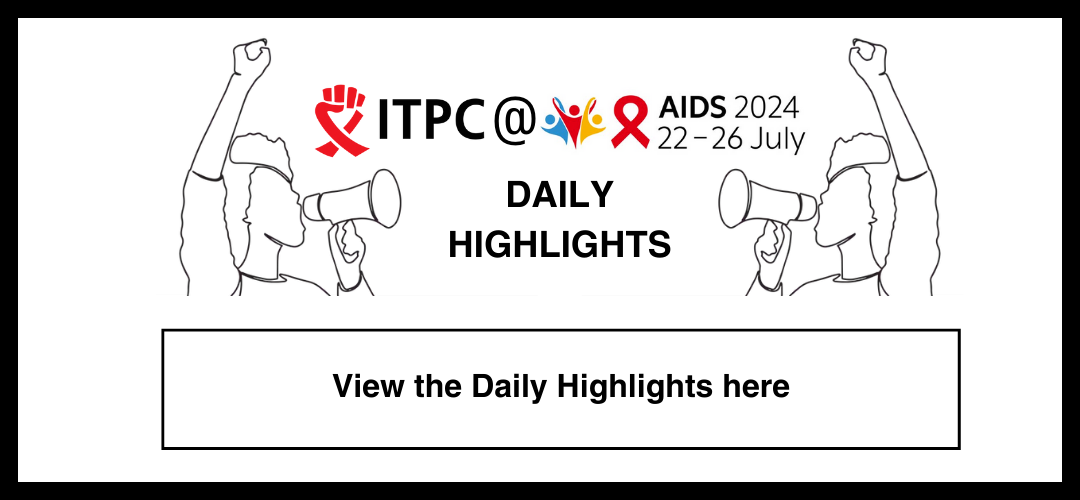Missing the Target (MTT)
Missing the Target Report 10 (PDF)
Missing the Target Report 9 (PDF)
Missing the Target Briefing 8 (PDF)
Missing the Target Report 7 (PDF)
Global Treatment Survey
- Measuring access to each step of the care cascade among PLHIV;
- Identifying barriers to each step of the care cascade experienced among PLHIV;
- Describing the challenges encountered by health care workers and other stakeholders involved in HIV care.
mHealth
Although over half of the people living with HIV have access to antiretroviral therapy (ART), nearly a million of them died in 2017. AIDS-related deaths are on the rise in the Middle East and North Africa (MENA) region, and have not decreased in the Eastern Europe and Central Asia (EECA) region. In 2017, 59% of all HIV-positive people were accessing ART, but glaring – and deadly – regional disparities persisted: coverage was unacceptably low in the MENA region at 29%; it was only 36% in the EECA region, and just 40% in the Central and West Africa region. Even in South Asia, Latin America and the Caribbean, where ART coverage is higher, HIV prevention and treatment are clearly not reaching key and ISPs, who account for nearly half of 2017’s 1.8 million new infections.
It is within this context that ITPC’s treatment access agenda still remains relevant. While interventions that drive demand creation and promote quality treatment access are necessary (i.e. community education, advocacy, evidence-gathering, etc), innovative solutions are also essential to eliminate persistent barriers and promote better health outcomes among people living with HIV.
In 2018, ITPC undertook work to assess barriers that recipients of care often encounter in accessing HIV services and treatment, and recommend potential mHealth solutions. ITPC used a participatory approach to execute this assignment, to ensure that the voice and solutions of the community were integral in the development of this report. It is critical that ROCs should be at the center of not only identifying the issues, but being part of the solution development.
A four-step approach was used to undertake this work:
- Literature review and landscape audit of existing mHealth initiatives
- Needs assessment surveys (online survey and focus group discussions)
- Data analysis
- Report and product development plan
The findings of this work were published in a full report in 2019.

